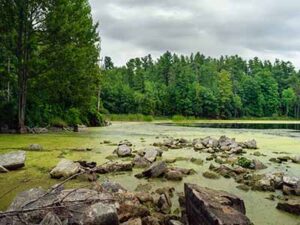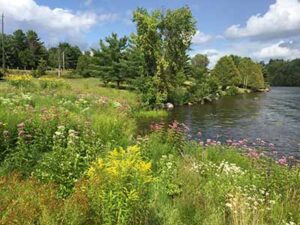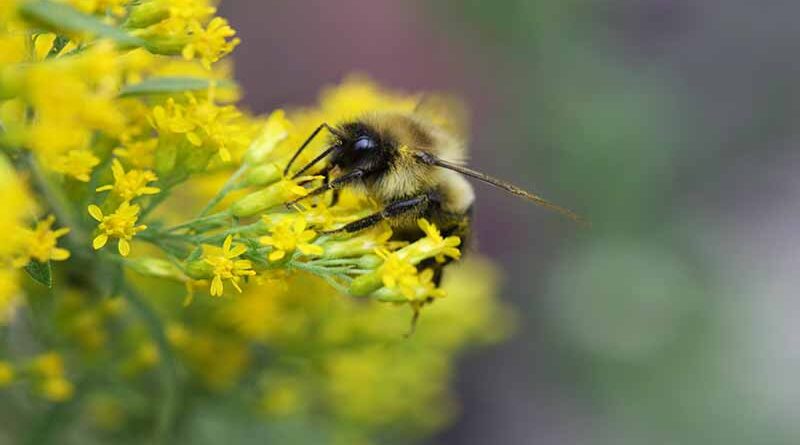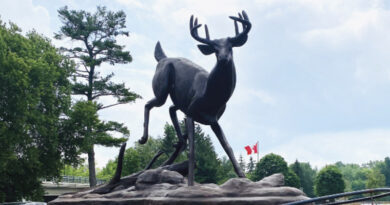The Case Against Fertilizing Your Lawns… And Your Lakes
Without even realizing, our daily activities can significantly impact our lakes. While excess nutrients in our lakes, rivers, and streams can come from a variety of sources – including wastewater, animal waste, and agricultural fertilizer use – the fertilizers we apply to our own lawns and gardens can be another source of concern.
Fertilizers contain large amounts of nitrogen and phosphorus. While these nutrients occur naturally and are even needed for plant growth, too much can be a real problem and can accelerate eutrophication -an overabundance of nutrients that leads to an increase in the growth of algae, resulting in algal blooms. Eutrophication is one of the leading causes of impaired water quality. While eutrophication does occur naturally, our actions can greatly accelerate the rate at which it occurs. 
How does eutrophication occur? When it rains, excess fertilizers, among other contaminants, are washed into our lakes. The nutrients in the fertilizers that we applied to our lawns and gardens to make plants grow now cause algae to grow – sometimes uncontrollably. This can turn lakes green, block sunlight, create unpleasant smells, and sometimes even release toxins. When the algae dies, it sinks to the bottom and bacteria gets to work decomposing it. This removes oxygen from the water, oxygen that is needed to support aquatic life. Without enough oxygen, aquatic life cannot survive and can create what are referred to as dead zones. Additionally, other impacts include decreased property values, loss of recreational opportunities, imperilled drinking water supplies, even the potential to make people and pets sick.
One way to reduce the impact you have on your lake is to minimize your use of fertilizers. Native plants are adapted to local conditions and therefore typically do not require fertilizers. Native plants aren’t just beneficial in your gardens, you can also use them in your shoreline buffer – a strip of vegetation on your property along your shoreline. This shoreline buffer will help keep runoff that’s carrying all kinds of contaminants out of your lake. They’ll also provide habitat for wildlife and look beautiful – a win-win-win situation!
For more information on how you can show your lake some love, visit LoveYourLake.ca. Love Your Lake is a shoreline assessment program developed by the Canadian Wildlife Federation and Watersheds Canada.
Written by Terri-Lee Reid, Freshwater Researcher with the Canadian Wildlife Federation
Photo Credit: Bee Photo – Sarah Coulber, CWF




